
During my second trip on the Big Island of Hawai’i, a trip that turned out to be as spectacular as the first one, was made quite unique by the fact that the Mauna Loa volcano started erupting the day we arrived. This made me quite happy, especially since the weather predictions were not looking too good for the week. If I was not able to see and photograph the fire in the sky (i.e. stars), I would get to see it coming out of the ground. But this post will not be about this event, but about the ongoing controversy regarding Mauna Loa’s neighbor volcano Mauna Kea and the telescopes sitting atop it decoding the universe.
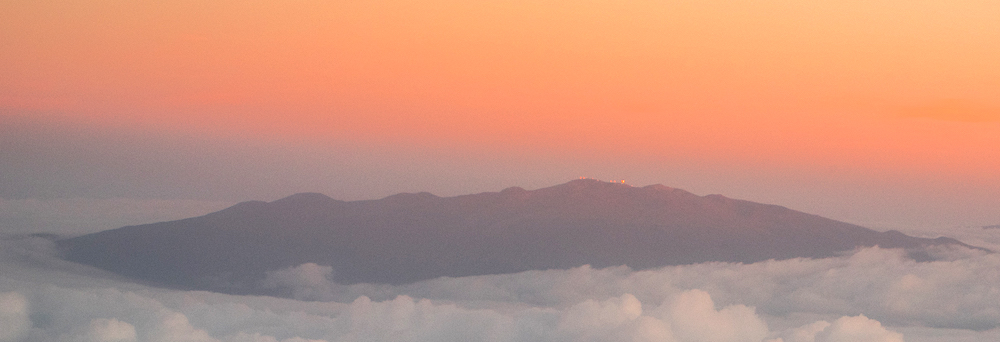
At the time of our first trip we got to visit two of these “big eyes” (the Keck and the Infrared telescope). We were made aware of the tension that had arisen between the astronomy community and the native Hawaiian community around the building of a new large instrument Named the TMT (Thirty Meter Telescope) that would be added to the top of the mountain. In an act of protest, a group of native Hawaiians blocked the access road as the first construction trucks attempted to reach the summit.
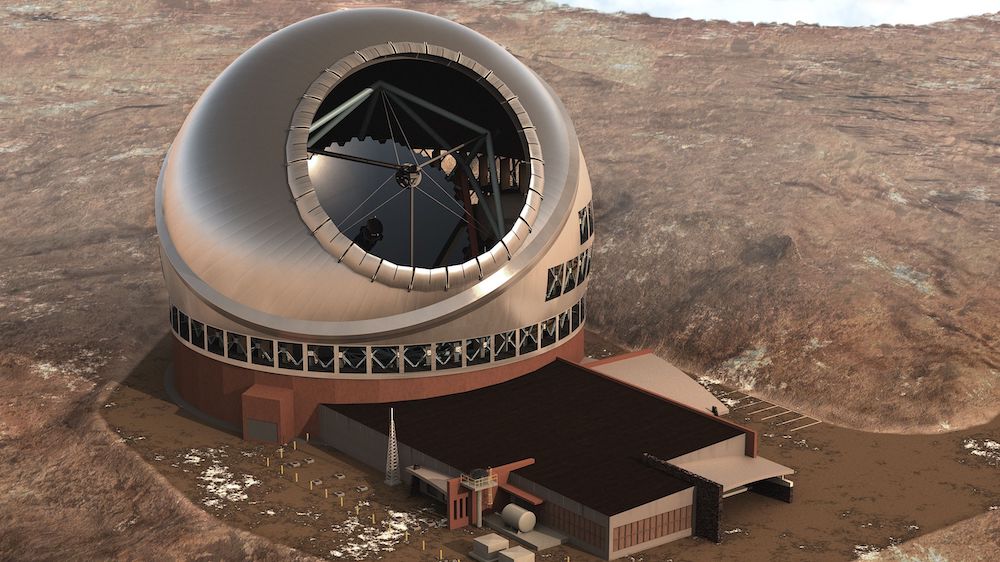
The source of the dispute has many layers, but the underlying reason comes from the fact that Hawaiian natives have been dealt a most unfair deal by the United States. First, as in many other instances, by taking over the Islands and secondly, by forcibly making Hawai’i a part of the United States without asking the opinion of its future citizens. These actions had the consequence of diluting and marginalizing the original Hawaiian culture. So when the planning of the TMT (as well as for the current collection of observatories) was put in motion, no effort was made to include the local population in the discussion and planning. This ignited a longtime resentment and a feeling of cultural subservience to the “Western World” embodied by the invasion of the summit, which they consider sacred.
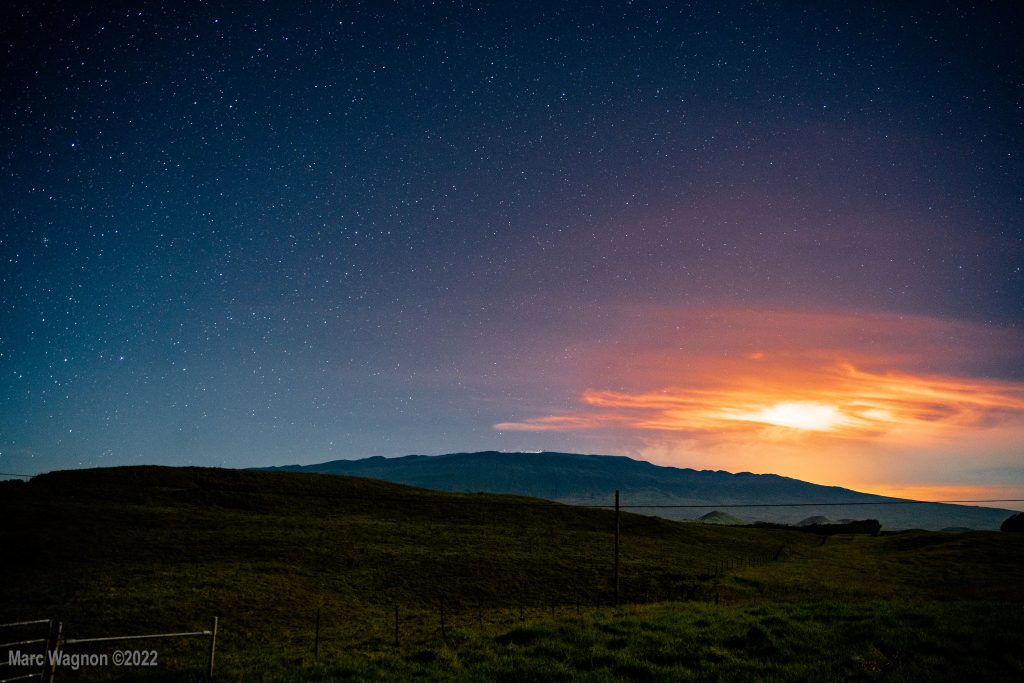
In recent years, the astronomical community has realized that there would be no possible agreements on the matter until an effort of outreach was made, and has begun to remedy the problem with educational efforts and acknowledging Hawaiian culture by naming objects discovered by observatories on the mountain in the native language (‘Oumuamua, our recent outer-solar visitor being the most famous). But a vocal minority has not yet accepted the construction. They view the collection of observatories as desecrating their holy mountain for an application that does not concern them. The top of the volcano represents their connection with their gods, and the connection of two worlds: Earth and the Heavens.
But Is there no possibility that the native Hawaiians can find a path to accept the observatories in a way that coincides with their tradition and cosmology?
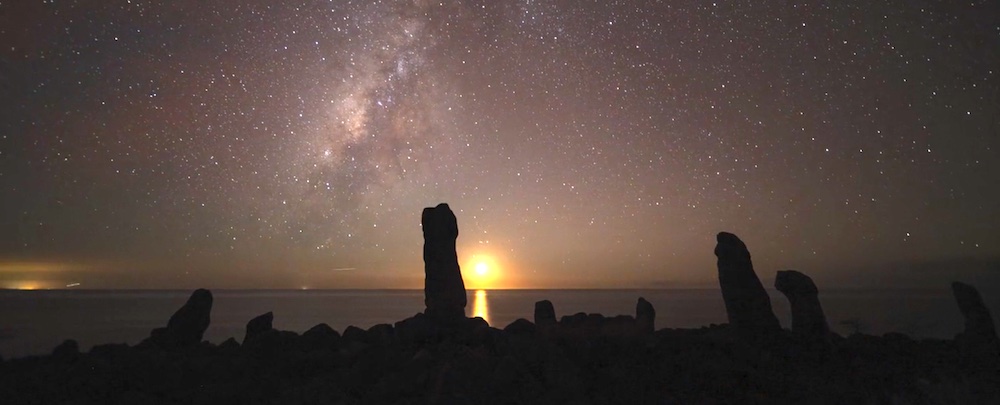
I think there is, and I propose that by looking at the past history of the islands, and by a study of the lost Hawaiian knowledge of the stars and geodesics, it can be demonstrated that these two cultures both have the same goal in mind and that their achievements are not so far apart.
On the west coast of the Big Island sits a unique monument, a navigational Heiau called Koʻa Heiau Holomoana. A Heiau is a temple or place of worship where native Hawaiians held ceremonies. Several Heiaus were destroyed at the official end of Hawaiian religion (Kapu system) after the Battle of Kuamo’o in 1819 and the long shadow of influence by Christian missionaries. There are many Heiaus on all the islands, but, as far as I know, none that resembles this unique one.
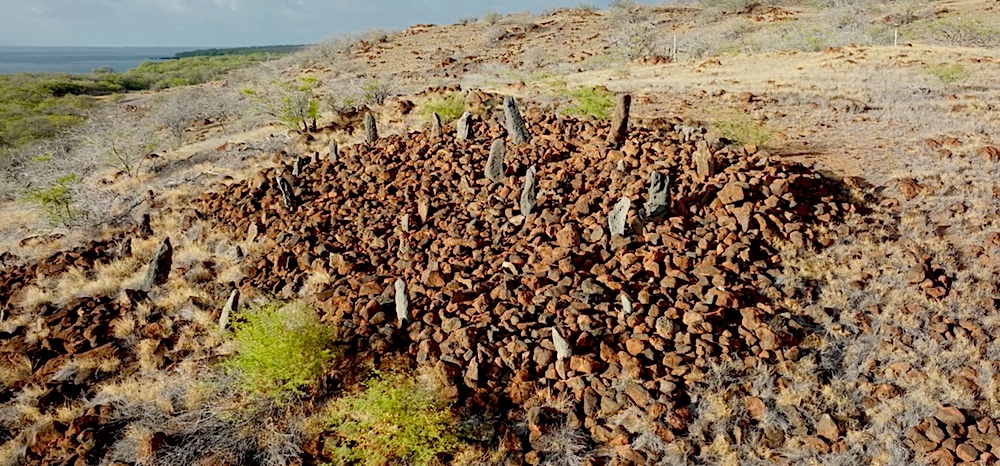
The monument consists of a series of upright stones, not unlike megaliths found around the world. Each stone serves as a unique marker that points to the direction of an island in the Pacific Ocean. Early Polynesians were guided by an intricate navigational system using the constellations, and it is how the first inhabitants of the Hawaiian Islands (about 1500 years ago) sailed to them. This knowledge has been lost to modern day Hawaiians, although it is enjoying renewed interest in recent times.

Unfortunately there are no studies that I could find about this Heiau. The only information I found comes from a great guide book about the island by Andrew Doughty, who investigated the monument and connected the stone markers with specific islands in the Pacific, using GPS data and aerial photography to reveal the alignments (in the app accompanying the book he tells a pretty interesting story about his investigation).
I visited the Heiau last month, and it was a bit difficult to find as there are no markers indicating the path to it, but you can see it from the highway – so on the second try we found it. The Heiau sits on a round hill overlooking the ocean, an unlikely spot for a Heiau, as all the ones I am aware of seem to sit on a flat surface. As I was looking at it trying to imagine how it could have been used by the ancient navigators, I realized while looking at it from the back of the monument facing the ocean that I could not see all the markers, as some were hidden by the curvature of the hill. It took me a while, but back in New York while working on the photos I took that day, it hit me: what the curvature of the hill recreated was the curvature of the Earth! So it is a 3D representation of the Pacific Ocean.
Well, these are conjectures on my part, but it makes it pretty clear to me that the ancient Hawaiians must have been aware that the Earth was round. As it was already known, they were aware of the motion of the stars in the heavens, but in this instance it seems that they were able to make a model of it. This knowledge is evidence of very careful observations made over many centuries traveling throughout the Pacific Ocean. In this there is a direct connection between the observatories atop Mauna Kea. In fact, knowing about the curvature of the planet is a prerequisite in order to understand our place in the cosmos and to be able to map it.
As I mentioned earlier, most of that navigational knowledge has been lost. To rediscover it and promote it would go a long way in harmonizing traditional and western cultures using a community of goals with a variety of means.
Link to the Mahukona Navigation & Ecological Complex site
Department of Land and Natural Resources of Hawai’i
Office of Conservation and Coastal Lands
About the Thirty Meter Telescope